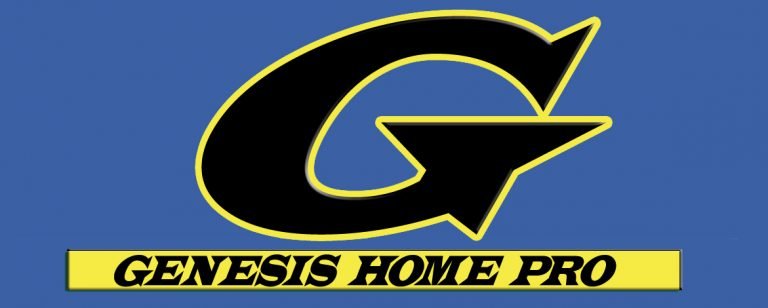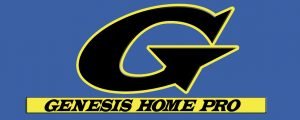Financing Your System
Solar Financing for Business
Banks, lending institutions and finance companies are available to find the best solar financing options available to you. We help you save on energy costs now and in the future.
Solar Financing Options
- Leases
- Loans
- Power Purchase Agreements (PPA)
Each solar financing option has its benefits — we do not follow a ‘one-size, fits all’ method of financing. We educate our clients on what financing options they have available to them and how they can earn the highest return on the dollars spent.
Solar Leasing
- Operating Leases (True Tax Lease)
- Capital Leases
- Operating Leases
An operating lease is also known as a True Tax Lease where the Lessor effectively owns the system and the lessee simply makes a monthly payment. The lessee gets all SRECs and electricity savings for the term of the lease and the lessor gets all the tax benefits including depreciation. This method of leasing is popular for those that can’t use accelerated depreciation benefits, as one of the key benefits occurs at the end of the term where the lessee can return the system to the bank or choose to purchase the system or even renew the lease.
For a lease to be qualified as a true lease by the Internal Revenue Service, all of the following FASB conditions must be met:
Transfer of ownership prior to the maturity of the lease is not allowed;
There can be no bargain purchase option;
The remaining economic life for the asset at the end of the lease must be at least one year or 20% of the originally estimated life; and
The lessor has to maintain at least 20% of the asset’s value throughout the term of the lease.
Capital Leases
A capital lease is a loan offered by a bank where the lessee buys the system at the end of the lease term for $1. All tax benefits and electricity savings accrue to the lessee. Because the lessor does not get the tax benefits, capital leases usually have a higher monthly payment than operating leases.
Leasing Summary
The majority of our clients choose an operating lease. Factors unique to this method are as follows:
With 100% financing, there are no out-of-pocket costs or down payments.
The federal solar tax credit and accelerated depreciation are fully monetized and result in a lower the lease payment.
Lease payments are treated as an operating expense making your overall taxes lower.
Leasing acts as an alternative source of funds and preserves other credit lines for use in running your business.
Solar Loans
Although a majority of systems are financed through leases, a combination of equity and debt can also be used to finance the system. Most financing institutions require a contribution of 20% equity.
Power Purchase Agreements
Under a power purchase agreement, an investor will buy and own the system and will sell you all power generated from the system. The key benefit is that you do not have to worry about financing the project (although you must qualify for financing by the investor). All you are obligated to do is pay for the power generated as monitoring and maintaining the system are the responsibility of the owner.
The basic structure of PPA is:
- Typical Initial Power Price: ~ $0.07/kWh – $0.14/kWh
- Typical Annual Escalator: 2 ~ 4%
- Typical Term: 15 – 20 year term options
Early Purchase Options
The Host shall have the option to purchase the facility from the Provider on the 7th, 10th, 15th and 20th anniversaries of the COD, at the greater of the Facility’s fair market value at the time of purchase or a scheduled value, which shall be set prior to signing of the PPA.
End of Term Options
At the end of the PPA Term, the Host shall have the options of entering into a new PPA, purchasing the Facility at the greater of its fair market value or scheduled purchase value, or having the Provider remove the Facility and restore the site to its initial functional condition.

